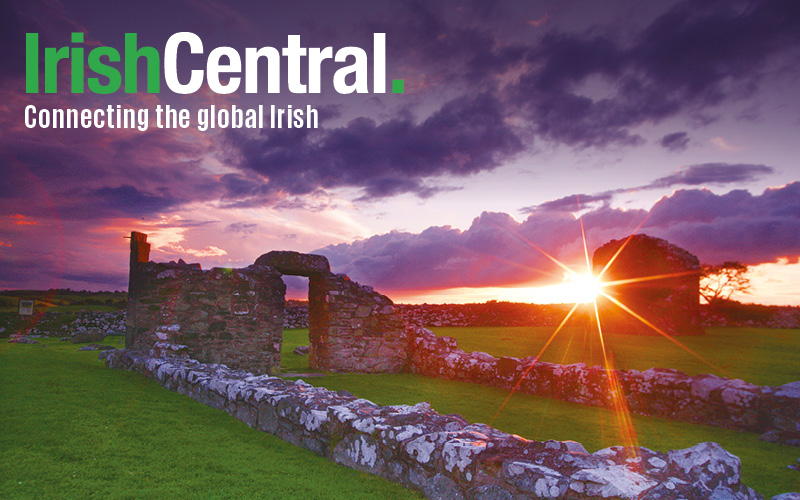In Dublin’s Rathfarnham Castle in November 2014, archaeologists uncovered a heap of 17th century luxury treasures in a wash pit, revealing the lavish lifestyle of Lord Adam Loftus and his family who lived there in the late 1600s. Such artifacts include gemstones, crystal glasses, high-heeled leather shoes, and even rare tea leaves.
“I put my hand down into this wet, mucky thing, and there was a gold piece of jewelry with a possible gemstone in it,” said archaeologist Antoine Giacometti. “Then we realized that [the pit] was full of choc-a-bloc.”
According to Live Science, more of the Loftus family’s artifacts include porcelain plates and teacups from China, a Cromwellian armor breastplate, a jar of red material for makeup, glass figurines, hairpins, wine and spirit bottles, coins, and even a toothbrush, all of which date from 1650-1700.
350-year-old goblet, high-heeled shoes, found in pit in Irish castle #Rathfarnham #Dublin http://t.co/CykjesHEQ6 pic.twitter.com/i5uDjW0FQT
— Dig Discover Enjoy (@DigDiscoverEnj) November 11, 2014
"The shoes are really interesting because they didn't have right shoes or left shoes," Giacometti said. "They used to get them in batches of six or seven and swap them.”
Constructed in 1583, Rathfarnham Castle was inhabited by dozens of families, but archaeological dating proves the artifacts belonged to Lord Adam Loftus, his wife Lucy, his son James and daughter Lucia. Lord Loftus was an overseer of Irish state finances during the time of great tension between Catholic Ireland and Protestant England, and Queen Elizabeth I had tasked him with spreading Protestantism to Ireland.
Despite political turmoil, the Loftus family lived lavishly. Along with the artifacts of luxury, archaeologists also found medieval toilets, 16th c. fireplaces framed in yellow sandstone, and two massive kitchen fireplaces. Four of the wine bottles have “AL 1688” stamped onto the bottom as well, which stands for Adam Loftus.
Wowza! RT @irarchaeology: Hoard of 17th century artefacts found at Rathfarnham Castle http://t.co/p5zuR40R6j pic.twitter.com/A2BQsR95DA
— Tudor Cook (@tudorcook) October 30, 2014
Interestingly enough, archaeologists even found tea leaves at the bottom of the washing pit, which speaks to the family’s high profile. Tea came to England in the mid-1600s, and it was impressive for an Irish household to have had access to this “contemporary trend.”
“Ireland has always been viewed as the poor neighbor,” Giacometti said. “We were behind the times, still kind of living with the trees when the British were colonizing the world. [The tea] kind of puts Ireland on the map a bit.”
“This is a Renaissance building for somebody very special,” he said, with reference to the castle’s gun loops (small holes in the wall for musket fire), as other Irish castles at the time had mere bow and arrow loops.
Check out the treasure trove of artifacts that were just found at an Irish castle. http://t.co/hKTVMg50Ha pic.twitter.com/eZcemHumE6
— Our Amazing Planet (@OAPlanet) November 10, 2014
The Cromwellian breastplate damaged by a musket gives more evidence of the political instability – it is left over from the men fighting Ireland’s Roman Catholics, who’d lodged at the castle sometime in the 1660s, Giacometti said.
“There’s a document that they ordered a set of breastplates from London, which are the exact same breastplates we have.”
Designated as a national monument, Rathfarnham Castle will soon have improved access and elevators – the building is open to the public, but due to the careful preservation process, the Loftus artifacts won’t be on display until around 2017.




Comments